
An SEO Content Strategy is a brands website strategy to increase organic traffic. This includes articles, video content, landing pages and more.
In short, it is a marketing strategy to drive more traffic to your website. Developing an SEO Content Strategy is the key to explosive business growth.
A content strategy that doesn’t build your SEO is simply water down the drain.
The challenge is to find a balance between writing for a reader and writing to rank better. Write content so that humans trust you. And search engine robots choose you.
When I imagine writing anything, my first audience is, and always will be, the reader. Google, Yahoo, and Bing are my secondary audiences. Search engines have their own language, but ultimately, the reader is the person you want to reach.
The reality is that we need to speak to both our readers and search engines. This requirement dictates an SEO content strategy that weaves together with your reader. That’s why I think of the approach as the same.
Writers have to keep SEO and their audience at the forefront of all content.
Sound complicated? This guide should give you a perspective on how to hit that sweet spot while building a content management strategy.
Before we jump right in, here’s something interesting we found.
One of the ranking factors that Google uses is Quality Rating by Humans.
Believe it or not, there happen to be real people looking at your content and following quality rating guidelines given to them by Google.
Interestingly, the guidelines state that user intent is the king and not the most well-written piece of content.
‘Users want to Do something. The intent of a Do query is to accomplish a goal or engage in an activity. The goal or activity may be to download, to buy, to obtain, to be entertained by, or to interact with a website or app.’ (Source)
Heidi Cohen, an influential actionable marketer, describes content as –
High quality, useful information that conveys a story presented in a contextually relevant manner with the goal of soliciting an emotion or engagement.
So, for businesses looking to increase their ranking, make sure to put your customers intent before anything else.
Here’s an article by Entrepreneur that talks more about establishing different types of user intent.
If you believe that you are clear on what exactly your expertise is as a brand and the purpose for creating content, then you can go ahead and skip this step.
For the ones struggling to answer questions like “why am I creating this online property” or “how do I tell my audience that I have this great product”, read on.
It is undeniably easier to build on things that have a solid foundation. And you can develop that foundation by answering these questions:
A visual reference makes solidifying a content strategy much easier.
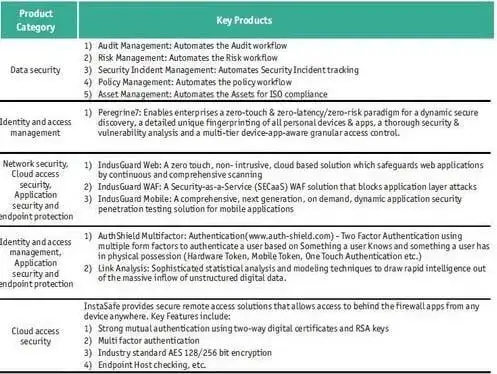
Take a look at these two shopping sites as an example:
The first site which ranks for the keywords ‘running shoes’ takes me directly to a view of the shoes.
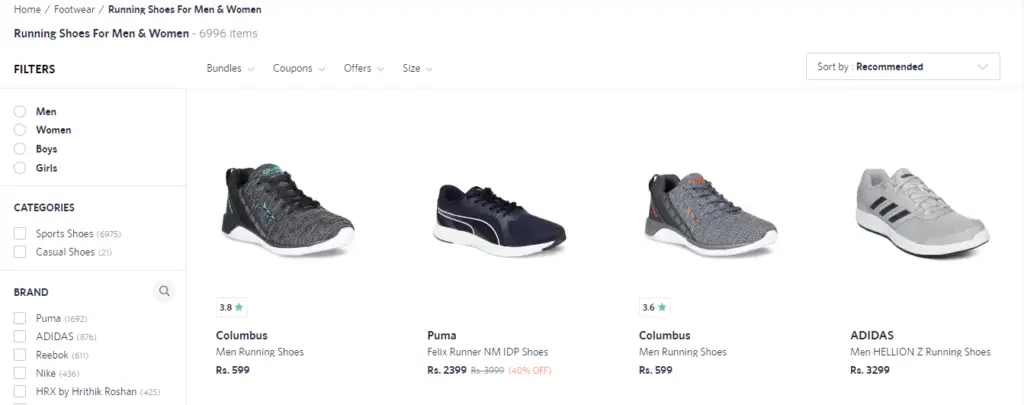
Whereas this site which ranks somewhere on the 2nd page looks like this:
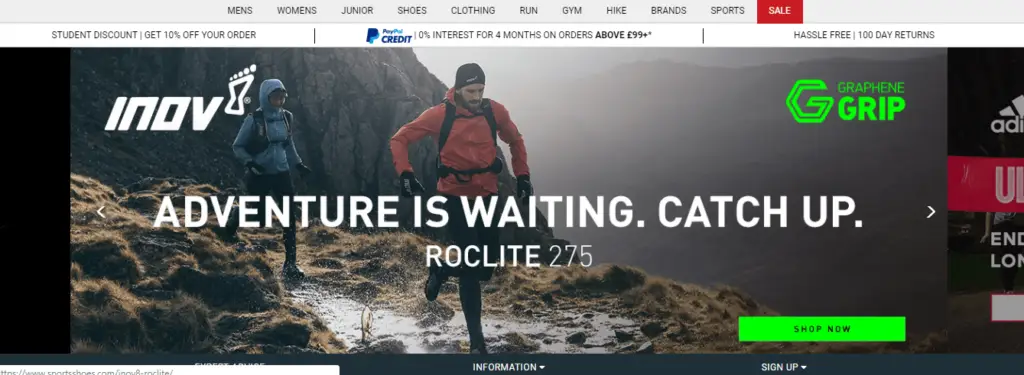
Although some people may prefer the second site for its looks, there is a clear reason why the first one ranks better. It serves the intent instantaneously.
No ads, no banners, no long menus to choose from. Just shoes.
What unique knowledge base am I offering to my audience? You build the ideal offer only to realize that every other website in your industry is offering the same. Quality content is not just error-free content around an exciting topic, its unique to you.
This is also known as the ‘content tilt’. It’s what separates your content from your competitors. (Source)
Can you imagine Mercedes playing on a price point in their marketing campaign?
Nope, they are a luxury brand and luxury doesn’t sweat over prices.
Their knowledge base will always be talking about the features that make them a luxury brand.
When you answer a question core to your business, you will serve your audience better.
This sets a premise for you to start on your keyword research and SEO content creation.
Before you hit this tool for planning your keywords, stop.
This article is not about writing content but writing content that serves your SEO.
You don’t just need to plan your keywords, you need to plan your keywords realistically and for your audience.
What we mean by realistically is this- If you’re just starting out as a business and plan to only target keywords with the highest search volumes, you’ll probably be fighting a long and frustrating battle.
Other websites have worked longer and harder to reach that ranking and those keywords probably have immense competition.
Start with broad search terms and keywords with the highest search volumes. If you’re a digital marketing agency, do use the keyword ‘digital marketing agency’ along with ‘digital marketing company’ or ‘SEO company’. But keep narrowing the list down to keywords that are aligned to your brands’ expertise like ‘call tracking services for digital campaigns’ or ‘a/b test landing pages for better ROI’.
When you sit down to write an article, make sure that you have a good mix of both heavy traffic keywords as well as keywords that don’t have as much competition.
Surprisingly, of all the searches every day, which amounts to around 3 billion, 15% are absolutely new. Hence, never hesitate to create content for new queries with less search volume.
It’s almost like investing for future traffic. Instead of focusing on the queries, which everyone in your field competes, you can invest your efforts on these new queries which may have high potential in the future. It helps you not only to rank above your competitors but also make you stand out as a thought leader in your field.
You could make a list of probable keywords and target them to stay ahead of the competition. (Source)
Once you’ve picked the mix that satisfies you, plan them into your article.
If a keyword doesn’t fit your piece of content, don’t be afraid to abandon it.
You can always use them later.
However, since you are using the keywords to answer a user query it makes sense to include your primary keywords in:
This is what keyword stuffing looks like and should be avoided at all costs:
Here’s a calculator that will help you calculate the number of keywords for any piece of content.
Once you have established the purpose of a digital property and planned your keywords, focus on the final outcome you want from your SEO efforts.
This tip may sound like a nagging boss telling you the same thing over and over again but there’s more to how you can achieve this.
From our perspective, it’s not enough to look at the surface of what the numbers are pointing to.
We all need to deep dive into how, when and why each customer visited our site.
Websites may receive a lot of traffic because of a well-written piece of content. But if your goal is engagement and your visitors are neither downloading nor sharing nor commenting, then the content strategy needs to change.
For example, at Convirza we write content that doesn’t necessarily talk about our business. We know that people have many questions related to the industry they work in and not just our products.
Therefore, a substantial chunk of our content is developed exclusively to add value to our readers.
With such pieces of content, our primary goal is to increase engagement.
But some of our best content related to call tracking is gated, which means that a user needs to share some contact details with us to access it.
We choose such articles by looking at the number of visitors per blog.
If your SEO goal is to generate leads then you need to keep a keen eye on which pieces of content are doing better than the others in terms of conversions alone.
Relying on numbers that are not actually your SEO goals can be misleading.
And that’s how most of us lose track of our SEO plans.
I swear by the utility of this tip and have created a guide to help you along.
Looking at your content calendar will help you see if the content of your website is in-sync to your goals.
Make sure that each blog is connected or relevant to your core topic. And that each topic is aligned to the SEO target that you set at the beginning of the year.
You could start with simply outlining the topics that you want to cover.
For example, a good friend of mine has been listing down interesting topics that he wants to write about just for fun. Eventually, he realized that his content tilt is towards behavioral analysis and self-help.
For your business, you may not need to discover this but creating a calendar will show you the tilt which could also be your unique strength.
You can develop this list to have titles, keywords, and internal links mapped to each topic. This list will also enable tracking the performance of each content piece, giving you ideas on where to go next.
As bloggers or writers, I always fear that we’re putting too much content out there without ever going back to it or making it better.
One of the key tasks as an SEO content writer is to perennially optimize content to match the changes in Google algorithms. It doesn’t matter if it is doing poorly, average or great.
The idea is to not lose your current ranking on Google.
There is a lot of speculation about how long an article should be in order to rank well. Some say 800 while some say 3000.
Great, but what if your audience is people in their 50’s who like reading lengthy newspaper style posts?
Our suggestion is to make sure that you cover a topic in-depth and to the best of your ability and not worry so much about the word count.
If you visit any blog written by the digital marketing moguls of our times, you will definitely find:
Link building is a crucial part of a good SEO content strategy.
It’s simply because of how Google ranks websites.
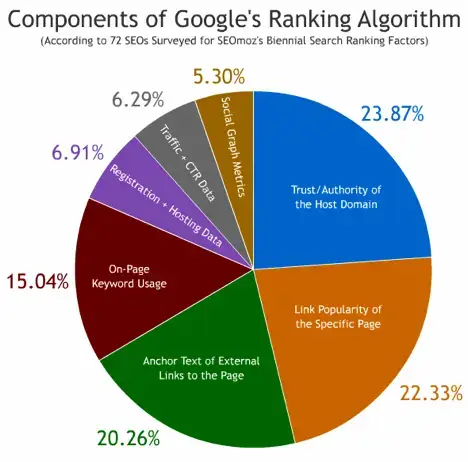
Internal link building is simpler than getting backlinks because all you need to do is find content that is related to the current topic.
For instance, if your website is building a guide on a topic like ‘what to feed your pet this summer’ then you would have internal links to other relevant topics like ‘how to maintain the top coat of your pet this summer’.
This way a user spends longer on your website while also engaging with you.
And that’s exactly what Google wants to see.
But how do you drive more traffic to that awesome piece you just wrote?
By building backlinks.
Whoever writes content must write with an intent of increasing the shareability of that post.
When you have an original take on a topic, an influential website/ blogger/ influencer will not hesitate to share that blog because the backlink to your website adds value to their readers.
And each backlink is like a ‘vote of confidence’ in the eyes of Google.
If you can get high domain authority websites to vouch for your content then you win big time.
Here’s a list of content pieces that work well to generate those backlinks:
Though it’s speculative how much social media impacts SEO right now (read more about this), its influence is undebatable.
If an influencer with a million followers shares your article then you will see a spike in that inbound traffic chart.
Build content that’s easy to read as well as share.
A/B testing means creating two versions of a page and seeing which one performs better.
This tip is not just for the copy. It includes landing pages, images, headlines and CTA’s among other things.
Have your team brainstorm over how many ways there are to present the same bit of content. From the ideas, pick two of the best ones and publish them to a live audience.
A/B testing can help you establish:
Here’s a tool called Optimizely that should help you split test your content.
Remember that it takes time to write, test and rank good content. Apart from knowing how to write content, make sure your team knows the basics of SEO too.
Tell us more about the challenges you face in your SEO journey and we will try to cover that in our next blog.
In the past we’ve written about creating and publishing content that a user will love. Here are a few that pop immediately in my mind:
How to Engage and Grow Your Email List
Top 5 Tips for Writing Clickable Ads
Content Strategy that Gets Attention

Book A Quick 15 Minute Call,
And We’ll Show You How To Unlock The Power Of Every Conversation.


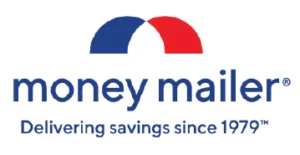




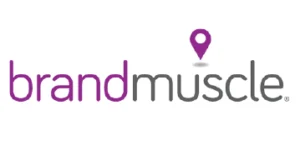
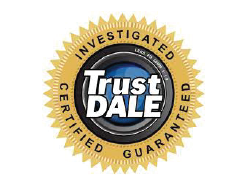



















©2025 All rights reserved – Convirza